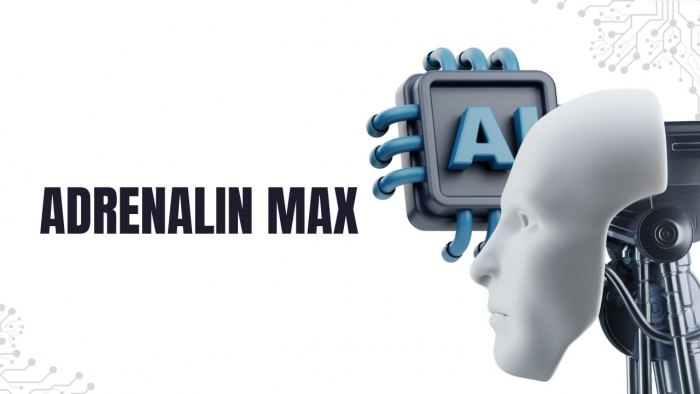Related Articles

In the ever-evolving world of art, creativity knows no bounds. But even the most imaginative artists sometimes face a creative block, searching for fresh perspectives or bold concepts. Enter artificial intelligence (AI) – a tool that’s reshaping the way artists conceive, experiment, and bring ideas to life. Today, AI is not replacing artists; instead, it’s enhancing their creative process, offering a playground for experimentation and innovation.
Modern AI tools can generate ideas, patterns, and visuals based on minimal input from the artist. From producing abstract visuals to suggesting color palettes and compositions, AI acts as a collaborative partner. Platforms like DALL·E, MidJourney, and Runway ML allow artists to input prompts and instantly receive a variety of visual interpretations. This sparks new concepts that an artist may not have initially considered, encouraging experimentation outside traditional boundaries.
AI enables artists to explore styles beyond their personal expertise. A painter skilled in realism can experiment with impressionism or surrealism through AI-generated references. This cross-pollination of styles helps artists evolve and diversify their portfolio without the limitations of prior training or experience. AI can also mimic historical artistic movements, providing inspiration drawn from centuries of art history.
Artists often spend significant time on repetitive or technical tasks, such as sketching preliminary drafts, color correction, or background design. AI can automate these processes, freeing up time for the creative aspects of art. By reducing the workload of routine tasks, artists can focus more on storytelling, concept development, and experimentation.
AI doesn’t just assist visual artists—it’s transforming other creative domains too. Writers, musicians, and filmmakers are using AI to brainstorm ideas, generate scripts, or compose music. In these collaborative scenarios, AI acts as a co-creator, offering unexpected directions and helping artists break conventional thinking patterns.
While AI offers immense possibilities, artists must navigate questions around authorship, originality, and ethics. Using AI responsibly involves acknowledging its contributions, avoiding plagiarism, and ensuring that technology complements rather than replaces the artist’s unique vision. The true magic happens when human intuition meets AI’s generative power, producing art that neither could achieve alone.
DALL·E
MidJourney
Runway ML
Artbreeder
Adobe Firefly
AI is redefining the artistic landscape, turning creative blocks into opportunities for experimentation and innovation. By blending human intuition with AI’s generative power, artists are pushing boundaries and discovering once unimaginable ideas.
Be the first to post comment!
